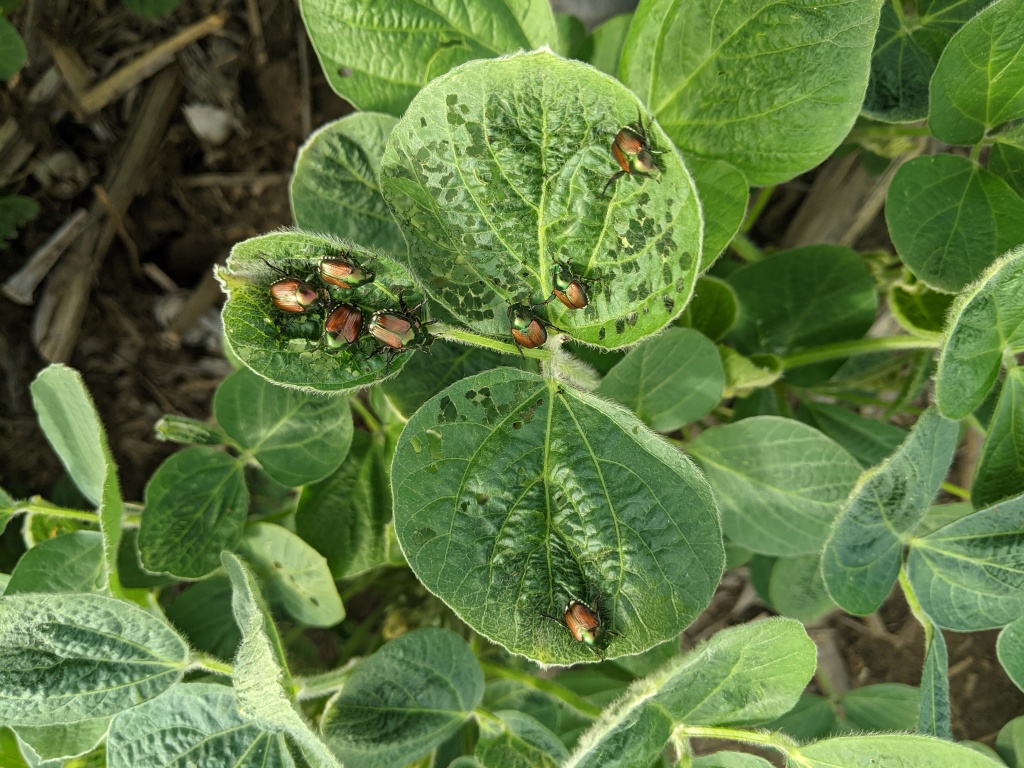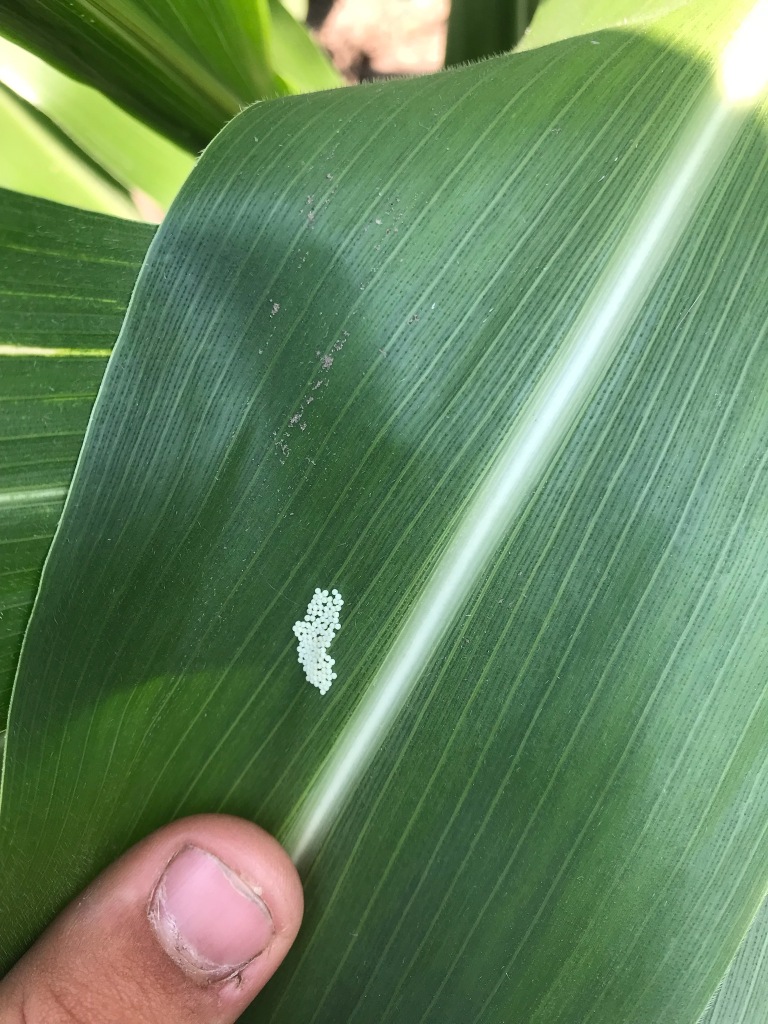| Upcoming Events: July 7: Living Room Learning: Entrepreneurship + Art, 10 a.m., Register:http://4h.unl.edu/living-room-learning July 13: Question, Persuade, Refer Suicide Prevention Training, 11 a.m.-12:30 p.m., RSVP: go.unl.edu/qpr21 July 15: 4R’s Nutrient Stewardship Field Day, ENREC July 20: Crop Science Investigation (CSI) for youth, 4:45-5:45 p.m., RSVP to jrees2@unl.edu July 28: SCAL Field Day, Clay Center Aug. 10-13: Soybean Management Field Days Aug. 10: No-Till On the Plains 25 Year Celebration, Rogers Memorial Farm, Lincoln Aug. 17: Crop Science Investigation (CSI) for youth, 4:45-5:45 p.m., RSVP to jrees2@unl.edu Aug. 23: Seward Co. Ag Banquet, Fairgrounds, Seward Aug. 25: Crop Management Diagnostic Clinic: Corn Production Focus, ENREC Aug. 26: Crop Management Diagnostic Clinic: Soybean Production Focus, ENREC Aug. 26: West Central Crops and Water Field Day, North Platte Sept. 21: Crop Science Investigation (CSI) for youth, 4:45-5:45 p.m., RSVP to jrees2@unl.edu Nov. 12: Dr. Temple Grandin-Kids and Dreams Foundation: Understanding Animal Behavior, 10 a.m., Buffalo Co. Fairgrounds, Kearney |
Crops really look tremendous overall and got a report of some first tassels by July 4th as well! It’s been great to see people attending field days again the past few weeks and really appreciated the learning, sharing, discussion, and just watching people catch up with each other at them. I had mentioned before how the lack of freeze/thaw was impeding roots of crops, particularly soybeans in no-till fields. Irrigating and rain has helped them get some growth. What I hadn’t mentioned in my articles was being called to soybean fields with HPPD (Group 27) carryover from corn herbicides in 2020. We had a dry fall but had rain in March and May, so I wasn’t sure how to explain the carryover. One thing I learned last week from a discussion at the palmer amaranth field day was that the lack of freeze/thaw also impacts the ability of herbicides to breakdown. So, I appreciated learning that and am sharing if that helps anyone else as well.
Japanese beetles are also heavy in pockets of the area. I will share more specifics next week. For those who are asking, the threshold for soybean defoliation in reproductive stages is 20%. Tom Hunt, UNL entomologist shared that pyrethroids in general are effective. However, if there’s potential for flaring spidermites due to dry conditions, bifenthrin is a consideration as it has activity for spidermites (particularly when considering soybeans). For homeowners, beetles can be dislodged off of plants right now in evening hours by knocking them into buckets of dishsoap water. Do not use pheromone traps as they will actually attract beetles to your yard!

Western Bean Cutworm: With crops nearing tassel, it’s time to be scouting for western bean cutworm moths and egg masses. There was a CropWatch article posted this week at: https://go.unl.edu/9v4a. It was predicting 5% moth flight for York on June 30th, Harvard July 2nd, and Central City July 3. I received a text from a crop consultant saying he found the first eggmass in the Central City area July 2, so that was pretty well on target! Twenty-five percent of WBC flight occurs when 2,577 degree-days Fahrenheit are reached. Entomologists recommend field scouting should occur at this point. For 25% moth flight, it’s predicting York on July 6th, Harvard area July 8th, and Central City July 9th, so we should start watching fields for sure this week. Look for egg masses laid on the upper surfaces of corn leaves, typically on the top 1/3 of the plant.

Chiggers: I should’ve written about this last week as chigger bites tend to peak around the 4th of July with more families outdoors. Chiggers (also known as redbugs or jiggers) are the immature stages of red harvest mites. They tend to hang out in moist, tall grassy/weedy areas such as along streams, road-side ditches, forested areas, lawns. But they can also hang out in moist and dry lawns with a lot of trees too. They bite humans and other animals including pets. Eggs are laid on clusters on plants and the larvae hatch and wait for their host to come along. They latch onto clothing, shoes, and fur and can hang on while working their way to the skin (often to an area where clothing is tighter like around socks, undergarments, back of knees and under armpits). They actually don’t burrow into human flesh. They only survive on a warm-blooded host for around 3 days before falling off to molt for the next stage in life cycle which doesn’t feed on humans.
They have needle-like mouthparts that allow them to pierce the skin then inject saliva that dissolves body cells in the area to aid them in feeding. Thus, they don’t feed on blood but liquefied cells. The feeding creates an allergic reaction in which many see swelling, intense itching, and small, clustered, red bumps (which can become larger welts in some). To prevent chigger bites, avoid sitting or lying on the ground when picnicking or working outdoors. Wear loose-fitting clothing and apply a repellent like DEET to shoes, socks, and pants before going into areas more favorable for chiggers. It’s also wise to take a hot shower with plenty of soap as soon as possible after being outdoors and launder clothing with hot water before re-wearing. Also launder any blankets/sheets being used outdoors. If you receive bites, rubbing alcohol can be used then apply an anti-itch cream to help reduce itching. Thankfully chiggers can’t live in the home but they can become dislodged in bedding and on floors, so laundering bedding and vacuuming is also wise. Keep lawns and shrubs well-manicured, particularly where adjacent to dwellings. If you tend to have problems with chiggers in your lawn, they can be reduced from 75-95% for several weeks with a liquid treatment of bifenthrin. Be sure to read and follow all label instructions.


































